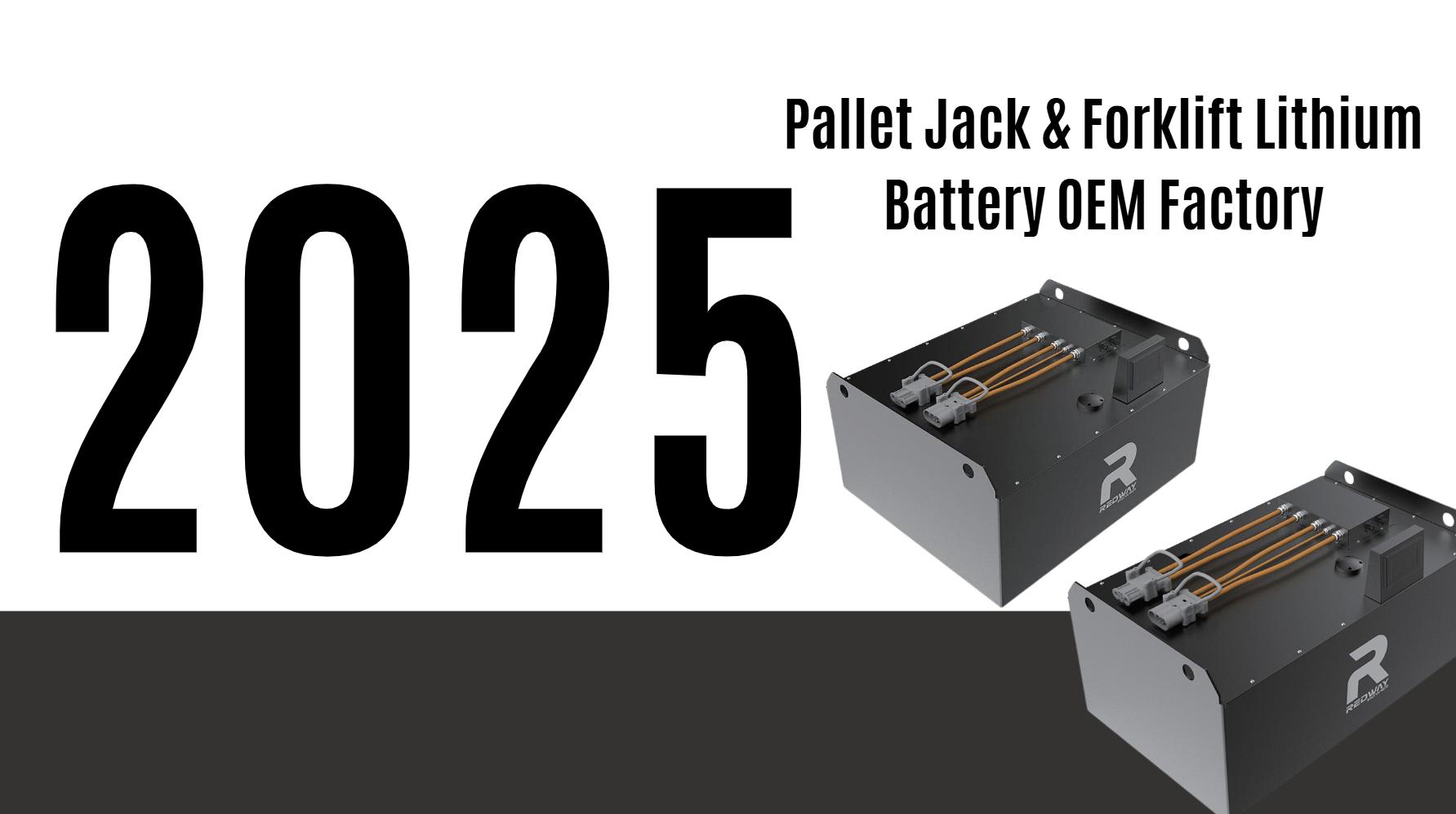How Does a Rack-Mounted UPS Battery Backup Protect Critical Systems?
A rack-mounted UPS battery backup is a power protection system designed to safeguard critical IT equipment from power disruptions. It integrates into standard server racks, providing uninterrupted power during outages, voltage fluctuations, or surges. These systems use rechargeable batteries to deliver temporary power, enabling safe shutdowns or continuous operation until primary power resumes.
48V 100Ah Rack-mounted Lithium Battery OEM
How Does a Rack-Mounted UPS Differ from Tower UPS Systems?
Rack-mounted UPS systems are optimized for data centers and server rooms, offering space-efficient vertical installation in racks. Tower UPS units are freestanding and occupy floor space. Rack models prioritize scalability, streamlined management, and compatibility with IT infrastructure, while tower UPS systems are better suited for small offices or standalone devices.
51.2V 100Ah Rack-mounted Lithium LiFePO4 Battery Factory
What Are the Key Benefits of Using a Rack-Mounted UPS?
Rack-mounted UPS units provide centralized power management, reduced footprint, and hot-swappable batteries for minimal downtime. They support high-density power distribution, offer remote monitoring capabilities, and ensure compatibility with network environments. Advanced models include lithium-ion batteries for longer lifespan and faster recharge times compared to traditional lead-acid alternatives.
Rack Mounted Lithium Batteries Factory from China
Hot-swappable battery modules allow technicians to replace depleted units without shutting down connected equipment, a critical feature for 24/7 operations. Remote monitoring via SNMP or web interfaces enables IT teams to track performance metrics like load capacity and battery health from anywhere. For industries requiring compliance with uptime SLAs, this real-time visibility helps prevent costly violations. High-density designs also reduce the need for additional rack space – a single 2U unit can deliver up to 10kVA, powering multiple servers simultaneously.
| Feature | Rack-Mounted UPS | Tower UPS |
|---|---|---|
| Installation | Vertical rack integration | Floor-standing |
| Scalability | Modular expansion | Fixed capacity |
| Typical Use Case | Data centers | Small offices |
Which Factors Should You Consider When Choosing a Rack-Mounted UPS?
Critical factors include power capacity (VA/kW), runtime requirements, battery type (Li-ion vs. VRLA), scalability options, and communication ports (SNMP, USB). Evaluate efficiency ratings, waveform type (pure sine wave vs. stepped approximation), and compatibility with generator systems. Consider redundancy configurations like N+1 and total cost of ownership, including maintenance and replacement cycles.
51.2V 100Ah Rack-mounted Lithium LiFePO4 Battery Factory
How Do You Install and Maintain a Rack-Mounted UPS Battery Backup?
Installation requires assessing rack space, weight distribution, and ventilation. Use PDUs for load balancing and adhere to manufacturer guidelines for electrical connections. Maintenance includes quarterly battery testing, firmware updates, and environmental monitoring (temperature/humidity). Replace batteries every 3–5 years for lead-acid or 8–10 years for lithium-ion, depending on usage cycles.
51.2V 50Ah Rack-mounted Wholesale Lithium Battery
Why Is Scalability Critical for Rack-Mounted UPS Systems?
Scalability allows businesses to expand power protection as IT demands grow. Modular rack UPS systems enable incremental capacity upgrades without downtime. This adaptability supports evolving infrastructure needs, reduces upfront costs, and ensures seamless integration with existing power distribution units (PDUs) and IT equipment.
High Voltage Energy Storage Battery Rack-mounted System
What Role Does Environmental Impact Play in UPS Battery Selection?
Lithium-ion batteries reduce environmental impact through longer lifespans, lower replacement frequency, and recyclability. They operate efficiently in wider temperature ranges, decreasing cooling needs. Lead-acid batteries require strict disposal protocols due to toxic materials. ENERGY STAR-certified UPS systems optimize energy use, aligning with sustainability goals.
The carbon footprint of lithium-ion batteries is 30% lower than VRLA alternatives over a 10-year period, according to recent lifecycle analyses. Many data centers now prioritize UPS systems with 95%+ operational efficiency to meet LEED certification requirements. Regulatory pressures also influence selection – the EU Battery Directive mandates recycling 65% of lithium-ion components versus 45% for lead-acid. Modern UPS designs incorporate eco-modes that reduce energy waste during normal operation, achieving up to 99% efficiency in double-conversion systems.
How Can Renewable Energy Integration Enhance UPS Functionality?
Renewable-ready UPS systems pair with solar or wind power to extend runtime during prolonged outages. They stabilize variable renewable inputs through advanced inverters and bidirectional charging. This integration reduces grid dependency and operational costs while supporting carbon-neutral initiatives in data centers and enterprise facilities.
Rack Mounted Lithium Batteries Factory from China
Expert Views
“Modern rack-mounted UPS systems are evolving beyond basic power backup,” says a Redway power systems engineer. “We’re seeing demand for AI-driven predictive analytics that forecast battery failures and optimize load distribution. Lithium-ion adoption has surged by 40% year-over-year, driven by edge computing needs and sustainability mandates. Future designs will prioritize hybrid energy storage and grid-interactive capabilities.”
Conclusion
Rack-mounted UPS battery backups are essential for maintaining operational continuity in power-sensitive environments. By evaluating factors like scalability, battery technology, and integration capabilities, organizations can build resilient power infrastructures. Emerging trends in lithium-ion adoption, renewable integration, and smart monitoring redefine how businesses approach critical power protection.
48V 100Ah Rack-mounted Lithium Battery OEM
FAQ
- How Long Do Rack-Mounted UPS Batteries Typically Last?
- Lead-acid batteries last 3–5 years, while lithium-ion variants endure 8–10 years. Lifespan depends on discharge cycles, operating temperatures, and maintenance practices.
- Can Rack-Mounted UPS Systems Work with Generators?
- Yes, most modern UPS systems synchronize with generators. Ensure compatibility in voltage/frequency ranges and allow for generator ramp-up time during automatic transfer.
- Are Rack-Mounted UPS Units Compatible with All Server Racks?
- Standard 19-inch racks are universally compatible. Verify depth requirements (e.g., 600mm vs. 800mm) and weight limits (typically 30–50kg per unit) before installation.
- Do Rack-Mounted UPS Systems Require Special Cooling?
- While they generate less heat than servers, ensure adequate airflow in enclosed racks. Lithium-ion models tolerate higher temperatures (up to 40°C) than lead-acid alternatives (max 25°C).

